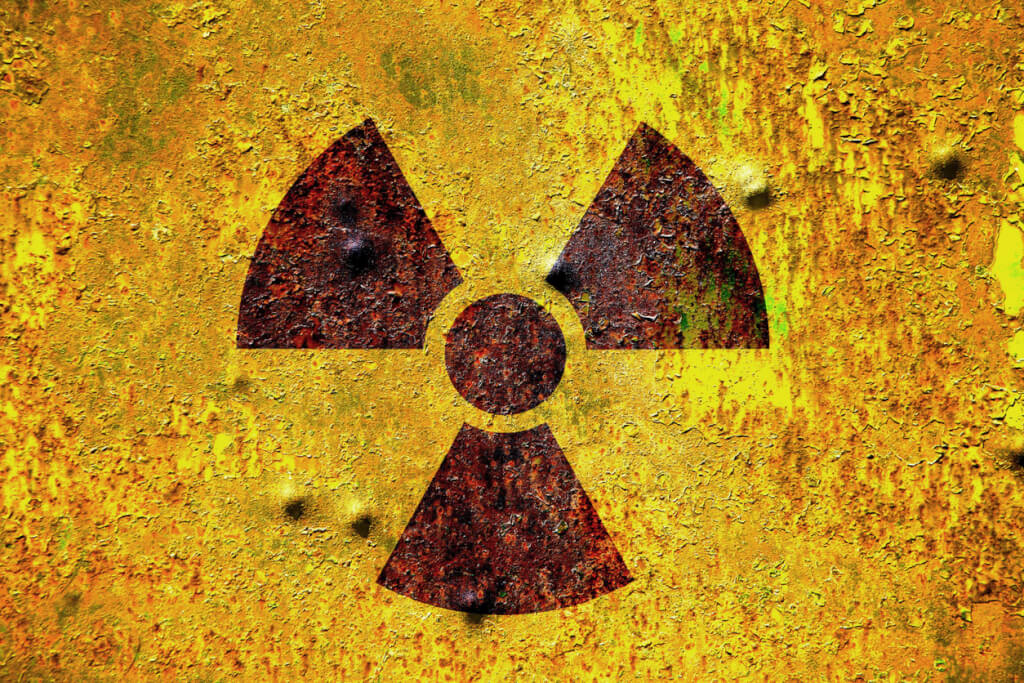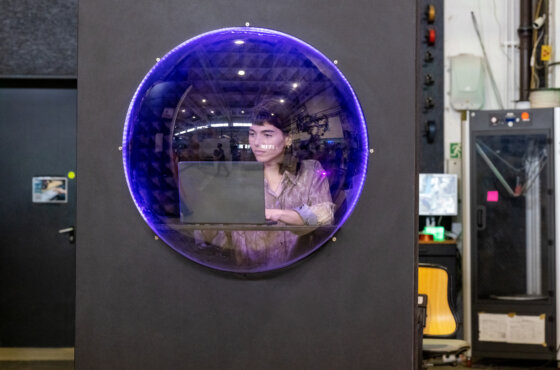The world is constantly losing radioactive materials: you'd be surprised how often this happens
Radioactive objects disappear more often than you might imagine. They are stolen, accidentally lost, or they just disappear somewhere, reports with the BBC.

Photo: IStock
At the end of January the world watched Australia lost and then carefully searched for the radioactive capsule. Ultimately, a dangerous capsule was found. Emergency responders "literally found a needle in a haystack," officials said. A large-scale search began after the capsule was lost during transportation along a 1 km route.
Many did not understand how such an item could be lost, but according to the International Atomic Energy Agency (IAEA), in 2021, one “orphan source”—an item containing radioactive material—disappeared every three days.
On the subject: Six radiation disasters in the USSR, about which you have never heard
The non-profit organization Nuclear Threat Initiative (NTI) maintains lists of lost and found nuclear and radioactive materials. In this data there is, for example, a recorded story about a man who stumbled upon a radioactive sensor lying in the middle of a road in Idaho.
The organization also mentions a package of radioactive material that fell from the back of a truck onto the lawn. Later that day, it was discovered by a local resident and sent to the specified address.
And in 2019, a tourist with a radioactive watch was found at the St. Petersburg airport.
Of the nearly 4000 radioactive sources that have gone missing since the International Atomic Energy Agency began tracking them in 1993, 8% are believed to have been maliciously stolen and 65% lost by accident. What happened to the rest is unclear.
If properly maintained and handled, radioactive material does not pose a significant threat to humans.
But if a person is directly affected by radiation and is not protected from it, they can become seriously ill or even die.
For example, four people died after a canister of radioactive material was stolen from an abandoned hospital in the Brazilian city of Goiania in 1987.
A group of men stole a canister of cesium-137 (Cs-137) - a radioactive material commonly used in medical settings - believing it might have some value as scrap metal. When they dismantled the canister, they damaged the cesium capsule, spilling it onto the remaining metals.
The landfill owner who bought the contaminated metal exposed dozens of friends and relatives to radiation. He led them to see how the metal glows blue in the dark. Among them was a six-year-old child who had eaten radioactive powder.
Dozens of people needed urgent medical attention, and two neighboring towns were evacuated when doctors determined that their sudden illness had been caused by exposure to radiation.
Like the article? Support ForumDaily!?
The IAEA called the incident one of the world's most "serious radiation accidents."
In 2020, radioactive waste was also found in the home of a former employee of the atomic energy agency in Indonesia.
And in 2013, six men were arrested in Mexico for stealing radioactive material from a cancer treatment machine. The thieves apparently were unharmed.
Capsule in Kramatorsk
One of the most high-profile stories with a lost radioactive capsule occurred in the 1980s in Kramatorsk, Donetsk region.
In the late 1970s, in the Karansky quarry in the Donetsk region, where gravel and crushed stone were mined, they lost a capsule with cesium-137, which was used in a device for measuring the water level. Searches began, but the capsule was never found, and the supply of crushed stone from the quarry was stopped.
In the early 1980s, in one of the new buildings in Kramatorsk, at house 7 on Gvardeytsev-Kantemirovtsev Street (now it is Maria Priymachenko Street), a lost ampoule was found, which was built into the wall of a children's room.
In the family that lived in this apartment, the children suddenly died, and then their mother. When another family moved into the house, their teenage son also soon died. Doctors called the cause of death leukemia, they explained the diagnoses with poor heredity.
However, the father of the deceased boy secured a thorough investigation, which revealed high levels of radioactivity in the children's room, in the adjacent apartment behind the wall, and in the apartment on the floor above. Residents were resettled, and then the source of radiation was determined.
Having cut out part of the wall, it was delivered to the Kyiv Institute for Nuclear Research, where they removed the ampoule, the origin of which was established by the serial number.
After removing the ampoule, the level of radioactivity in the house dropped to an acceptable level.
Why are radioactive materials so common?
When the radioactive capsule disappeared in Australia, many asked how it got there in the first place.
However, radioactive materials are used for many purposes.
In medicine, radioactive materials are used to treat millions of cancer patients around the world, for x-rays and other diagnostics of various diseases.
Many household items also contain radioactive substances. For example, americium-241, an isotope that emits alpha and gamma radiation as it decays, is found in homes around the world in a low-maintenance device called fire alarms.
When 2019 smoke detectors were lost in southern Ontario, Canada in 66, they were listed as missing radioactive materials, according to NTI.
According to Jonathan Cobb of the World Nuclear Association, the number of radioactive objects that are successfully transported each year - about 15 million - far exceeds the number that go missing. Dr Cobb said the transport of any radioactive item was "highly regulated", but said this did not justify the loss of radioactive capsules, including the recent incident in Australia.
“This shouldn't have happened. Let’s emphasize this right away,” he said.
You may be interested in: top New York news, stories of our immigrants, and helpful tips about life in the Big Apple - read it all on ForumDaily New Y.
Dr. Cobb added that as long as regulations are followed and properly maintained, nuclear items do not pose a significant threat.
And since the missing Australian capsule had caught the attention of so many people, Dr. Cobb saw it as a positive.
The researcher hopes that now more people will know what a radioactive capsule looks like and will stay as far away from it as possible.
Read also on ForumDaily:
IQ is not the main thing: nine ways to raise a child to be a successful person
American company is ready to sell military drones to Ukraine for just $1
Subscribe to ForumDaily on Google NewsDo you want more important and interesting news about life in the USA and immigration to America? — support us donate! Also subscribe to our page Facebook. Select the “Priority in display” option and read us first. Also, don't forget to subscribe to our РєР ° РЅР ° Р »РІ Telegram and Instagram- there is a lot of interesting things there. And join thousands of readers ForumDaily New York — there you will find a lot of interesting and positive information about life in the metropolis.











